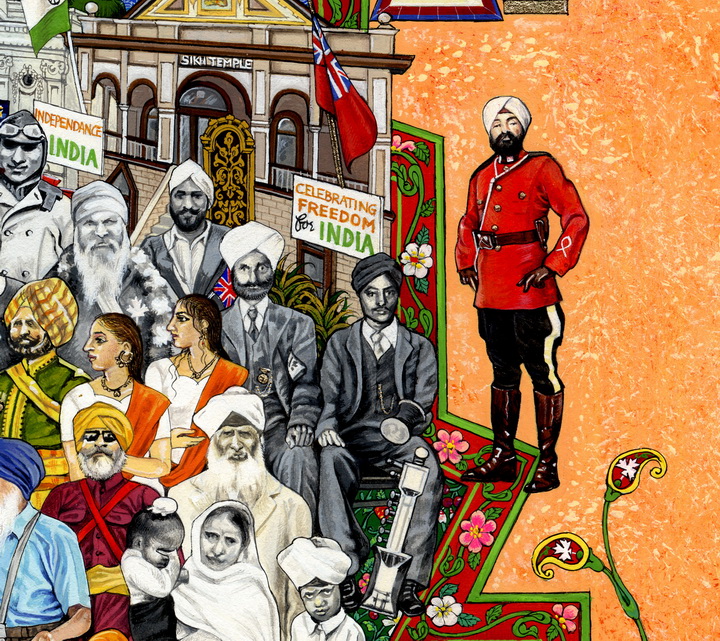World Culture
Monthly Archive: December Worl
When Whaling is Your Tradition
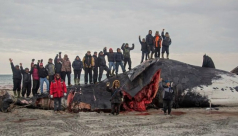
Guest blog written by Environmental Visual Communication student Ursula McClintock
In some Indigenous communities around the world, whaling is as much a part of their tradition as my family’s turkey dinner at Thanksgiving and Christmas. Whale hunting has played an integral role in feeding Inuit communities for millennia. Bowhead whales, among many other species of whales, were hunted to near extinction at the turn of the 20th century. Yet more often than not, Indigenous communities are cast in the same light as the commercial groups that are responsible for the near collapse of populations of these iconic marine animals.
Go with the Flow: Technology & Early Glass
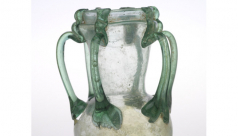
Glass is probably the most fluid of solids. Looking at blown glass, such as that in the ROM's Chihuly exhibition, is like watching movement made still. If you look carefully at the handles of the perfectly preserved handles of this Roman glass vase from Syria (above), it looks as though it is still a fluid, still dynamically moving along its flow. In a way, that is because it is. Glass essentially has the atomic structure of a fluid, but it has been so rapidly cooled that it is essentially stuck in that condition.
ROM Style: Asian Inspired
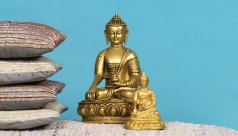
Visit the ROM Boutique and bring home the treasures of a well-travelled collector.
My Favourite Object: A "Tell Minis" Style Lustre-Ware Bowl
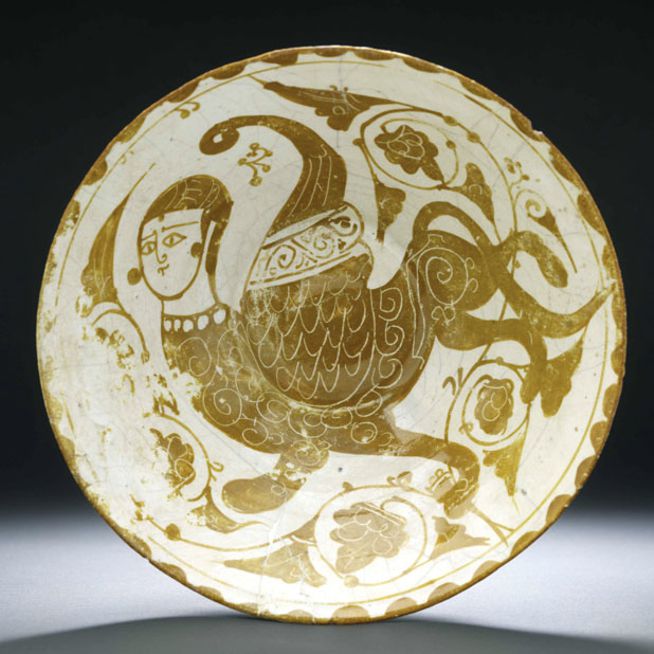
The Monastery of St Moses, Syria: The Prehistoric Remains

Since 2004 I had walked the Qalamoun mountains around the monastery of Deir Mar Musa looking for archaeological features to record. In all that time I found one lithic, a stone tool from humanity’s prehistoric past. My colleagues back home that specialised in these objects would say that I just didn’t know what I was looking for. In the last days of the 2009 season, what turned out to be my last season at the monastery, I thought I would reconnoitre the southern part of the field area.
Pacifist Males & Warrior Females
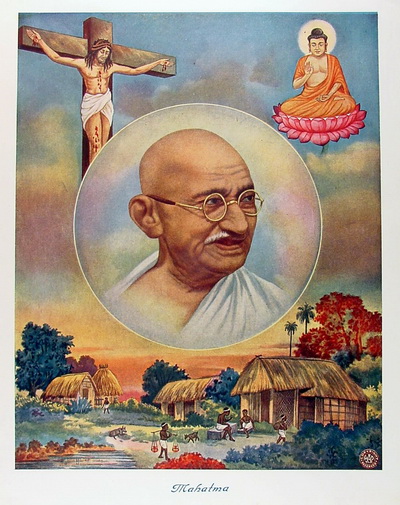
About a hundred year ago, mass produced colour lithographs proliferated across the South Asian subcontinent creating new imaginary communities through a shared visual imagery. In this new kind of visual culture, hero images seemed to flip traditional gender roles by being dominated by warrior females and pacifist males. Written by Deepali Dewan
Weapon Wednesday: Bagh Nakh--making humans into tigers
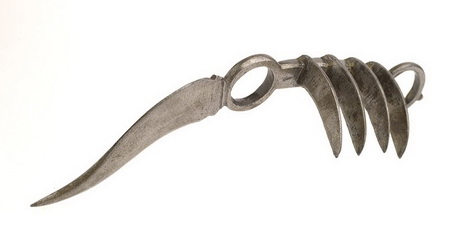
The blades, like the tiger claws they are named for, are made to slash though an opponent and, in modern history, is most often associated with the Hindu Marati warrior Shivaji. Written by Aruna Panday
Walking a half-Marathon as the Herculaneum soldier
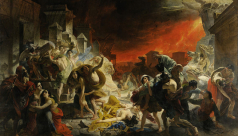
Probably on October 24th in 79 AD a large group of people congregated on the beach at the seaside town of Herculaneum, in Italy. They were presumably trying to take ship to gain distance from Mount Vesuvius, which had been raining ash and rocks on the city, and the neighbouring town of Pompeii, all day. But suddenly, a massive cloud of red-hot ash swept down from the volcano directly towards Herculaneum. Studies of the skeletons on the beach show that they were mostly males, with women and children huddling in boathouses by the shore. One man in particular was a soldier.
Visiting a Family Heirloom
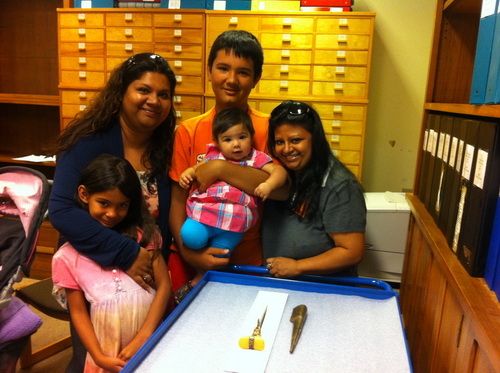
The dagger was a wedding gift in recognition of the military traditions within the family of the donor, who then gave it to the museum in order to preserve this special object for future generations. In October 2010, his daughter contacted the museum about seeing this family heirloom and then returned with the next generation of family members in tow to revisit this meaningful piece. Because of her efforts, the museum now has a fuller history of her family’s connection to this artefact, which is now part of its permanent record. Written by Deepali Dewan
Collection Highlight: Sikhs in Canada
